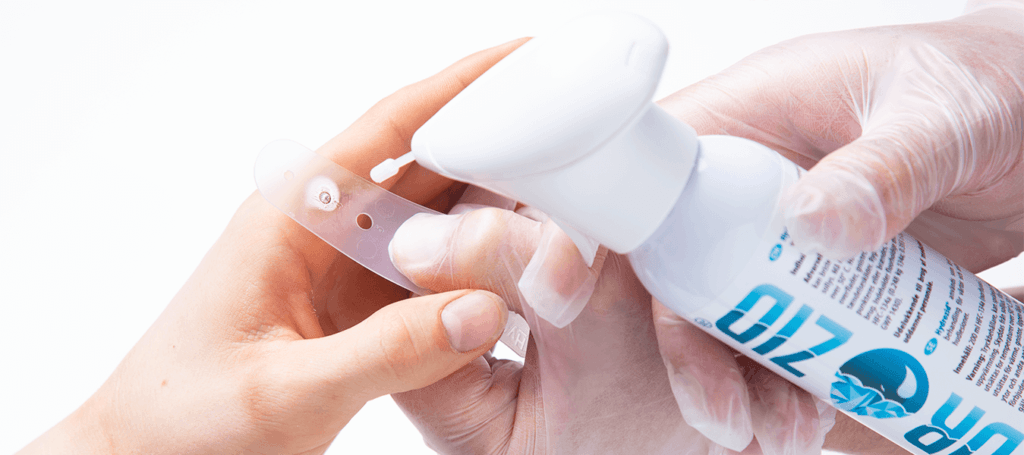Cryotherapy and Cryosurgery: How Extreme Cold Can Heal Your Body
Overview
Cryotherapy and cryosurgery are two medical techniques that utilize extremely cold temperatures to treat various conditions. While cryotherapy is a non-invasive treatment used to reduce pain, inflammation, and swelling, cryosurgery is a surgical procedure that involves the use of extreme cold to remove abnormal tissues or tumors.
In this blog post, we will discuss the differences between cryotherapy and cryosurgery, their benefits, risks, and applications.

What is Cryotherapy?
Cryotherapy, also known as cold therapy, is a non-invasive treatment that involves exposing the body or a specific area to extremely cold temperatures. The most common form of cryotherapy is whole-body cryotherapy, which involves standing in a cryotherapy chamber for a short period, usually between two to four minutes.
During cryotherapy, the body is exposed to temperatures ranging from -200°F to -300°F. The extreme cold temperature causes vasoconstriction, which reduces inflammation and swelling, and also numbs the area, resulting in pain relief.
Cryotherapy has been used to treat various conditions, including arthritis, chronic pain, migraines, and skin conditions. It is also commonly used by athletes to aid in recovery and improve performance.
What is Cryosurgery?
Cryosurgery, also known as cryoablation, is a surgical procedure that involves the use of extreme cold temperatures to destroy abnormal tissues, tumors, or lesions. During cryosurgery, a probe or applicator is inserted into the affected area, and liquid nitrogen or argon gas is used to freeze the tissues to -60°C or lower.
The extreme cold temperature causes the tissues to freeze, which damages the cells and blood vessels, leading to the destruction of the abnormal tissue. The dead tissue is then naturally absorbed and eliminated by the body over time.
Cryosurgery is commonly used to treat various conditions, including skin cancer, prostate cancer, liver cancer, and retinal detachment. It is a minimally invasive procedure that requires no incisions, and the recovery time is usually shorter than traditional surgery.
Benefits of Cryotherapy and Cryosurgery
Both cryotherapy and cryosurgery offer numerous benefits, including:
1. Minimally Invasive
Both procedures are minimally invasive, requiring no incisions or general anesthesia, which reduces the risk of complications and shortens the recovery time.
2. Pain Relief
Cryotherapy can provide pain relief by numbing the area and reducing inflammation and swelling, while cryosurgery can destroy painful tissues or tumors.
3. Precision
Cryosurgery can precisely target the abnormal tissues or tumors without affecting surrounding healthy tissues.
4. Cost-Effective
Cryotherapy and cryosurgery are often more cost-effective than traditional surgery or medication, as they require fewer resources and shorter hospital stays.
Risks and Side Effects
While cryotherapy and cryosurgery are generally safe, they do carry some risks and side effects, including:
1. Skin Irritation
Cryotherapy can cause skin irritation, redness, or blistering at the treatment site.
2. Nerve Damage
Cryosurgery can damage nearby nerves, leading to numbness, tingling, or weakness.
3. Infection
Any invasive procedure carries the risk of infection, which can be minimized by following proper hygiene and care instructions.
4. Pain
Cryosurgery can cause discomfort or pain during and after the procedure, which can be managed with pain medication.
Conclusion
Cryotherapy and cryosurgery are two medical techniques that utilize extremely cold temperatures to treat various conditions. While cryotherapy is a non-invasive treatment used to reduce pain, inflammation, and swelling, cryosurgery is a surgical procedure that involves the use of extreme cold to remove abnormal tissues or tumors.
Both procedures offer numerous benefits.
If you want to know more about cryotherapy and cryosurgery and how it benefits you and your health, please contact us!



Leave a Reply
You must be logged in to post a comment.